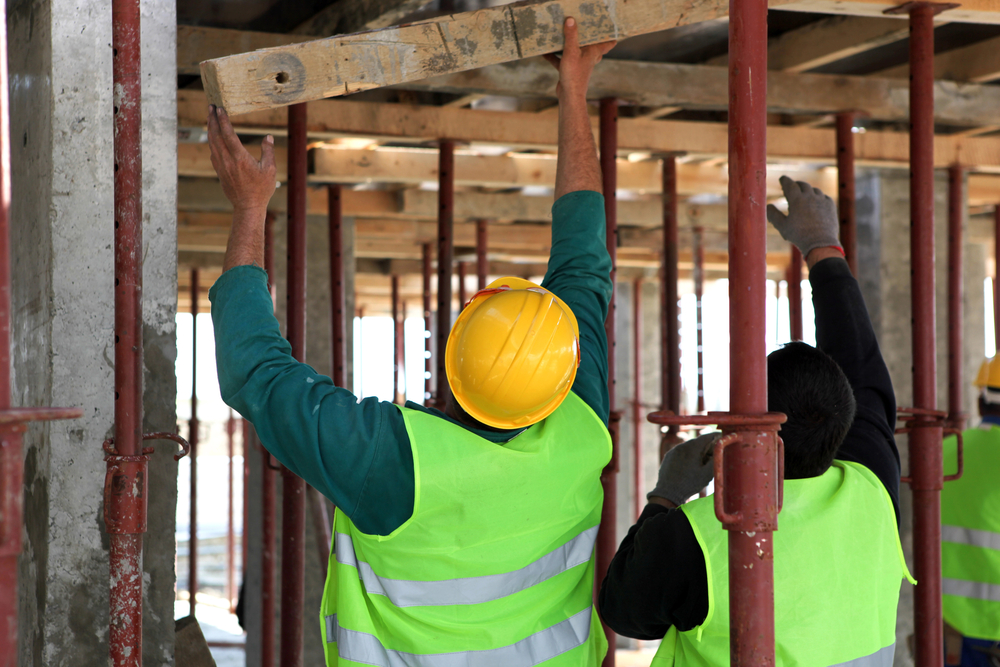
Modular construction has transformed the construction sector with its innovative strategies. It’s known for its cost-effectiveness and efficiency.
However, modular construction, like any methodology, comes with some challenges. The most significant difficulty companies face is overdesign, which can inflate costs unnecessarily, cause assembly and installation to become overly complex, and delay project completion.
Construction organizations must work through several factors that could impact projects, resulting in modular construction overdesign. Below, we explore some of these variables that trigger overdesign.
Overly Complicated Systems Result in Modular Construction Overdesign
Modular construction companies may use complicated electrical, mechanical, or plumbing infrastructures. This increases the weight and complexity of design modules, causing manufacturing and installation expenses to rise.
Structural Capacity Issues
When modular construction companies utilize more structural capacity than necessary, teams may use an excessive material, increasing costs. Moreover, this overuse of structural capacity can reduce efficiency and increase design timelines.
Lack of Consistency
As companies complete projects, they must prioritize standardizing designs and parts. Failing to do so could result in teams handling each project independently, causing overdesign and preventing organizations from taking advantage of economies of scale.
Overlooking Transportation Optimization
Organizations must design modules with transportation logistics in mind. Failing to consider limitations that transportation may cause related to factors, such as dimensions and weight of designs, can make transporting designs costly.
As modular construction companies work to overcome these challenges, there are several strategies they can use to optimize designs while maintaining safety and durability. Below, we discuss various best practices for addressing and minimizing the issue of overdesign:
Utilizing Advanced Design Technology Reduces Modular Construction Overdesign
Design technology can provide construction companies with the resources for accurate modeling and design simulation. It can analyze several variables, such as material used, weight allocation, and structural integrity, to facilitate optimized designs.
Ensuring Standardization
Standardizing design components and processes enables companies to optimize projects. This fosters consistent, reliable designs every time.
Choosing High-Quality Materials
Selecting high-quality materials for modular construction will help organizations minimize overdesign while sustaining safety and structural integrity. Premium materials also elevate the durability and longevity of modular designs, reducing expenses over time.
Conducting Performance Testing
Frequent testing will enable modular construction companies to validate their design enhancements and comply with safety regulations. Conducting performance testing on various elements, such as environmental simulations and structural analysis, will also enable construction companies to determine any issues and make improvements.
Using a Field Service Platform for Data Collection and Analysis
High-quality field service technology offers capabilities to help modular construction companies with design optimization and prevent modular construction overdesign. A platform like Gomocha facilitates precise and efficient communication between design teams and production floors, ensuring that overdesign is minimized through better planning and coordination.
Further, information collection and analytics features help identify and reduce overdesign through data insights. With the Gomocha Field Service Platform’s comprehensive dashboard and reporting, you always know the current status of your design projects and the trends impacting them, ensuring your team’s performance is always at its best.
While organizations must overcome numerous obstacles related to modular construction overdesign, implementing tried-and-true strategies can reduce overdesign, optimize designs, and maintain safety and durability.
